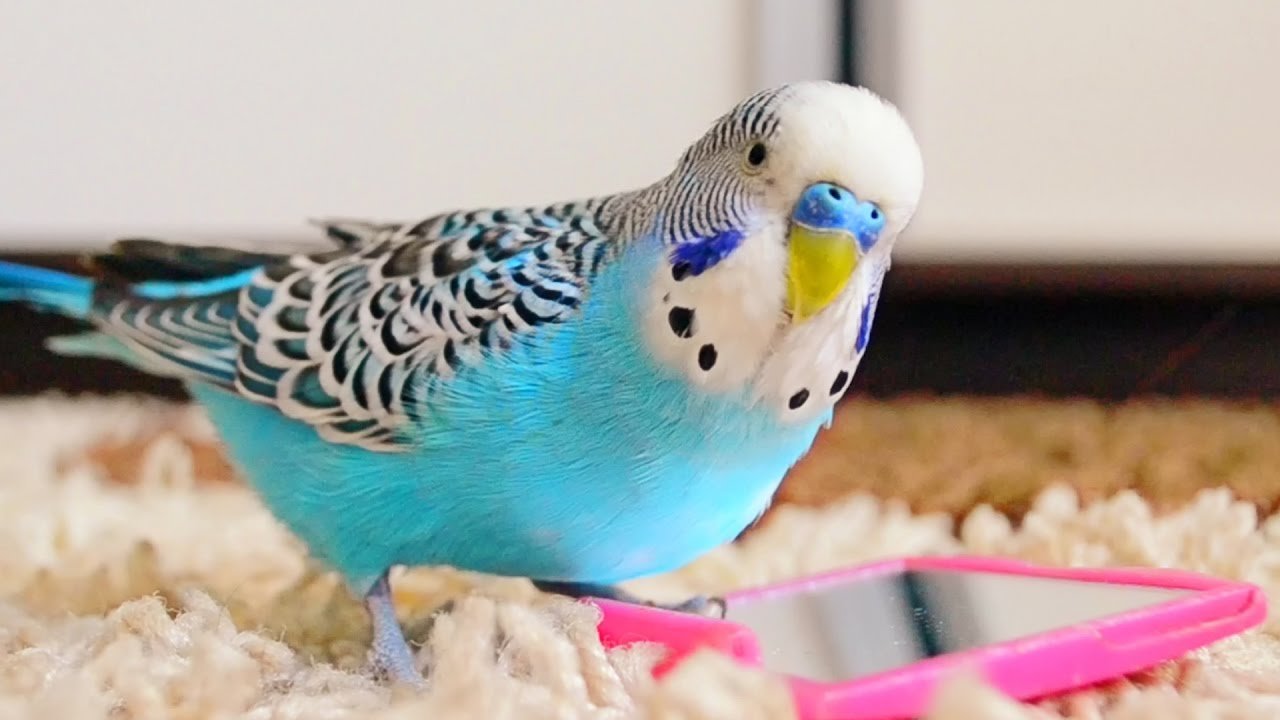Budgerigars, commonly known as budgies or budgerigars, are one of the most popular pet birds in the world. Known for their vibrant colors, playful personalities, and cheerful chirps, budgies make wonderful companions for bird enthusiasts and casual pet owners alike. This article provides an in-depth look at budgies, including their characteristics, care needs, and tips for ensuring a happy and healthy pet.
Origin and History
Budgerigars are native to Australia, where they are found in the wild in various regions, particularly in open woodlands and grasslands. They are small parrots belonging to the parrot family (Psittacidae). The name “budgerigar” is derived from an Aboriginal word meaning “good food” or “tasty morsel,” which reflects their historical role as a food source for indigenous Australians before being domesticated.
Physical Characteristics
Budgies are admired for their bright and colorful plumage. Here are some key physical features:
- Size: Adult budgies typically measure about 7 to 8 inches (18 to 20 cm) in length, including their tail feathers.
- Coloration: Budgies come in a wide range of colors, including green, blue, yellow, white, and various combinations. They often have distinctive patterns and markings, such as stripes or spots.
- Lifespan: With proper care, budgies can live up to 7 to 10 years, though some may live longer.
Behavior and Socialization
Budgies are known for their engaging and sociable behavior:
- Social Animals: Budgies are highly social and thrive in the company of other budgies. They enjoy interacting with their human caregivers and can form strong bonds with their owners.
- Vocalizations: Budgies are vocal birds and use a variety of sounds to communicate. They can mimic human speech and other sounds, making them entertaining pets. Common vocalizations include chirps, whistles, and squawks.
- Playfulness: Budgies are playful and curious, enjoying toys and activities that challenge their intelligence and dexterity.
Housing and Environment
Providing a suitable living environment is crucial for the well-being of your budgie:
- Cage Size: Budgies need a spacious cage to allow for exercise and movement. A larger cage with horizontal bars is preferable, as it allows budgies to climb and explore. The cage should be equipped with perches, toys, and food and water dishes.
- Cage Placement: Place the cage in a well-lit area away from drafts, direct sunlight, and other pets. Budgies enjoy interaction and should be included in family activities.
- Bedding: Use safe, absorbent bedding such as paper or a special bird cage liner. Avoid using cedar or pine shavings, as they can be harmful to birds.
Diet and Nutrition
A balanced diet is essential for a healthy budgie:
- Seeds and Pellets: Offer a high-quality seed mix formulated for budgies, supplemented with pellets to ensure a well-rounded diet. Pellets provide essential vitamins and minerals.
- Fresh Foods: Provide fresh fruits and vegetables such as apples, carrots, and leafy greens. Avoid avocado, chocolate, and caffeinated beverages, as they are toxic to birds.
- Water: Ensure your budgie has access to fresh, clean water at all times. Change the water daily to prevent contamination.
Health and Grooming
Regular health checks and grooming are important for your budgie’s well-being:
- Feather Care: Budgies groom themselves regularly, but you can assist by providing a shallow dish of water for bathing or misting them lightly with water. This helps maintain healthy feathers and skin.
- Nail Trimming: Budgies’ nails may need occasional trimming. If you are unsure how to trim their nails, consult a veterinarian or avian specialist.
- Veterinary Care: Schedule regular check-ups with a veterinarian who specializes in birds. Monitor for signs of illness, such as changes in appetite, droppings, or behavior.
Bonding and Interaction
Building a strong bond with your budgie involves:
- Gentle Handling: Approach your budgie calmly and handle them gently. Gradually get them used to being touched and held.
- Training: With patience and positive reinforcement, budgies can learn simple tricks and commands. Use treats and praise to encourage desired behaviors.
- Enrichment: Provide a variety of toys, such as mirrors, bells, and swings, to keep your budgie mentally and physically stimulated.
Breeding and Color Variations
Budgies come in various color mutations and patterns due to selective breeding. Popular color variations include:
- Normal Green: The wild-type coloration with vibrant green feathers.
- Albino: White feathers with red eyes, resulting from a genetic mutation.
- Blue: Various shades of blue, from pastel to bright blue, achieved through selective breeding.
- Cinnamon: A warm, brownish color with a slightly muted appearance.
Breeding budgies requires careful consideration and planning. If you are interested in breeding, ensure you have a thorough understanding of their reproductive needs and consult with a knowledgeable breeder or avian specialist.
Conclusion
Budgerigars are delightful and engaging pets that bring joy and companionship to their owners. With their vibrant colors, playful nature, and vocal abilities, budgies make wonderful additions to any household. By providing a suitable living environment, a balanced diet, and regular care, you can ensure that your budgie thrives and enjoys a happy, healthy life. Whether you’re captivated by their chirps or enjoy their colorful plumage, budgies are sure to be a cherished and entertaining part of your family.
